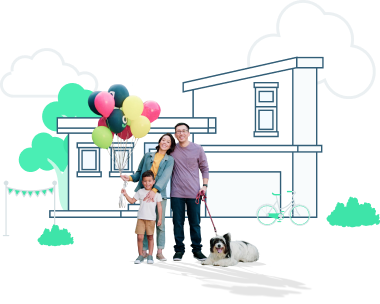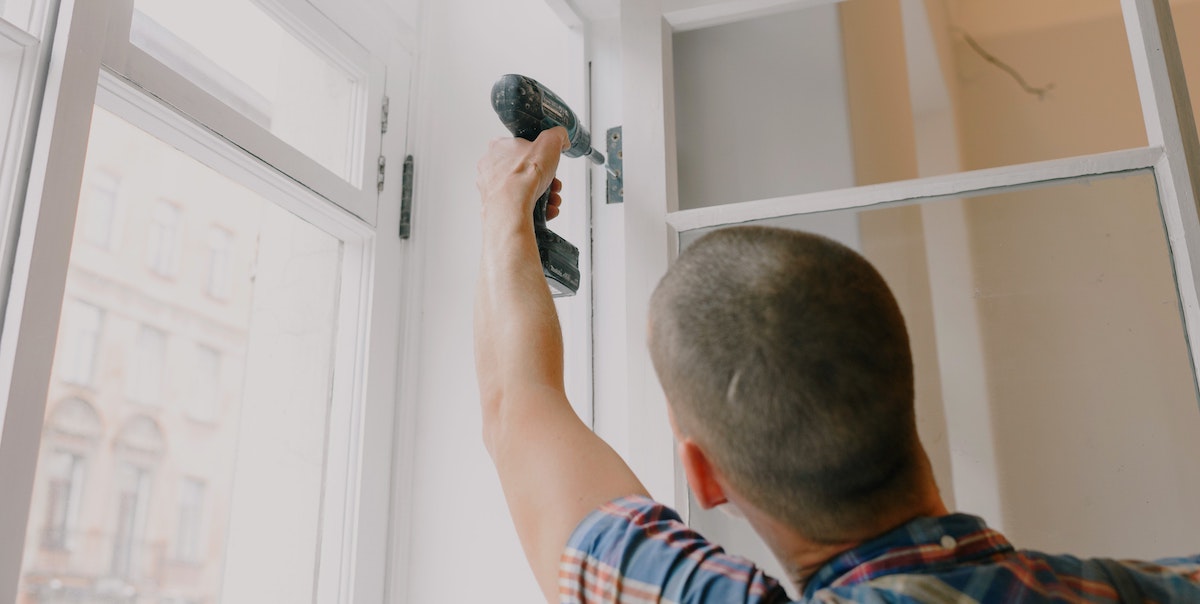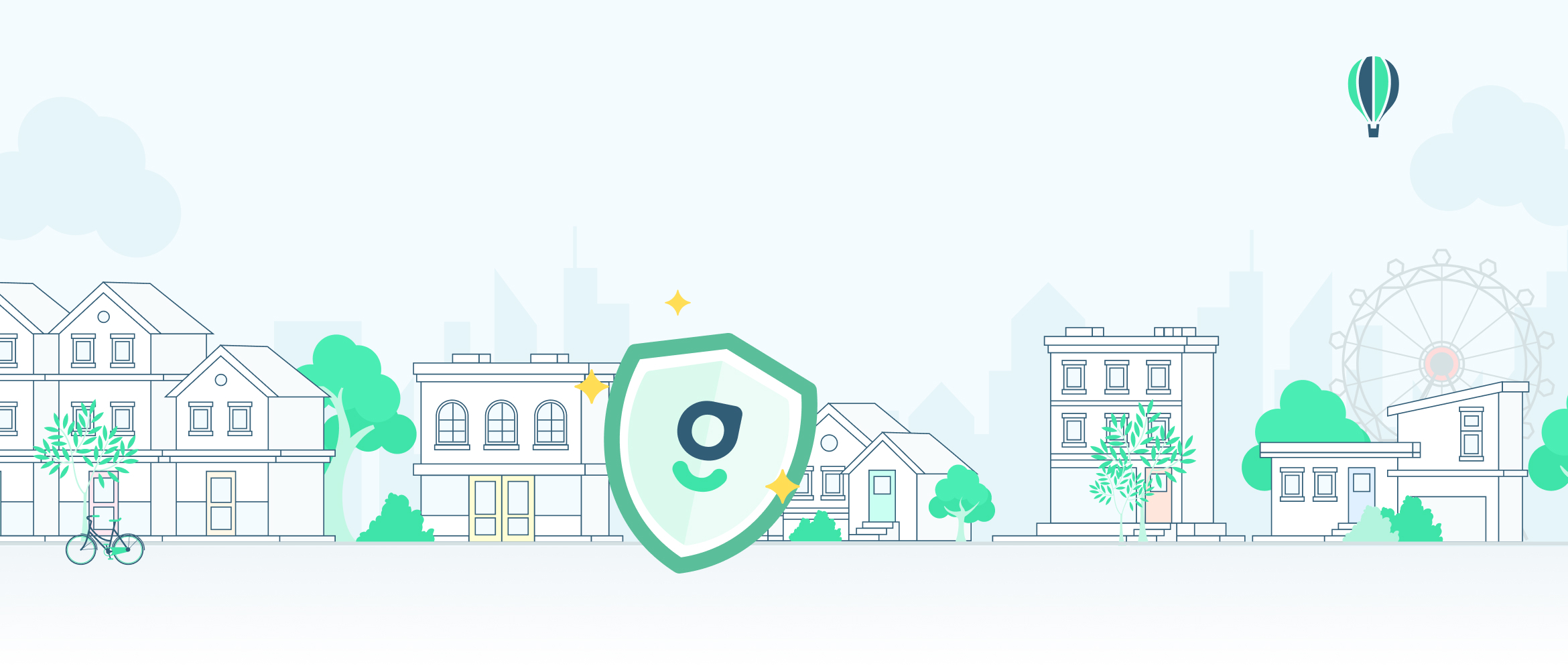Maintenance
It’s Peak Rental Season! Get Ready with This Essential Summer Maintenance Checklist
Last Updated May 30, 2024
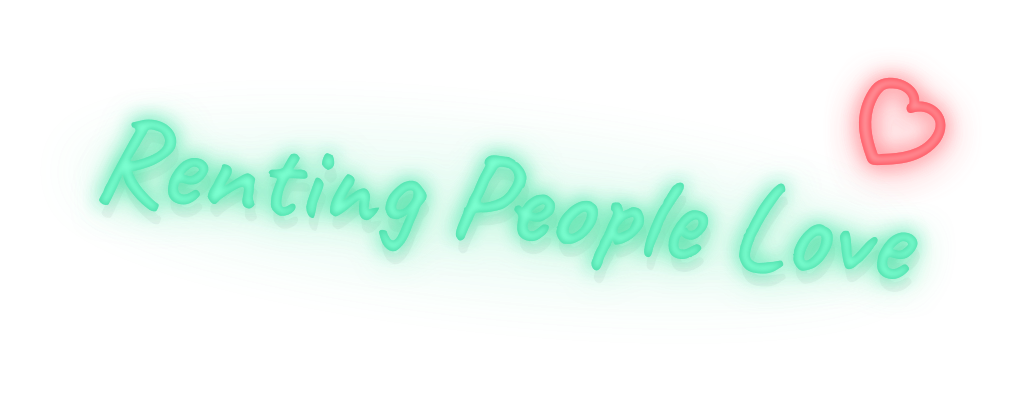

Summer is here! And with it, a surge in long-term renters looking for a place to call home. As we enter the hottest rental market season, now is the time to make sure your rental home is in top-shape to attract (or keep) the best residents and optimize your cash flow.
For rental homes with residents in place: Summer is when you should check in on maintenance issues and provide helpful tips on keeping the home cool and running efficiently.
For vacant homes: Summer is the time to list on the rental market to get the best price while the market peaks. Investing a little extra and making necessary touch ups to your rental home now can go a long way in boosting your cash flow.
If your home is loved by Belong: You won’t have to lift a finger this summer. We’ll conduct a full inspection of your rental home to get it move-in ready and poised for profit. You (and your residents) will have access to a vendor network of over 10,000 professionals who can keep your rental home humming. You can even set-and-forget your summer maintenance and spread the cost of any repairs over the term of your lease with flexible payment options.
Related: Why Ignoring Rental Home Maintenance Could Cost You More Than Repairs
If you’re a self-managing landlord, it’s time to get to work! Here is our summer maintenance checklist at a glance, followed by some tips on where to start.
Summer maintenance checklist for rental homes: 10 essentials
- Be proactive with cleaning and servicing cooling systems such as HVACs and fans
- Remove hazards and debris from your garden
- Mow the lawns, remove weeds and add mulch as needed to improve water retention
- Check windows, doors and screens for damage and gaps
- Check for and prevent mold and mildew buildup
- Be on the lookout for leaks that could lead to flooding, mold, or water damage
- Have a fire safety plan, especially in wildfire zones
- Be prepared for severe weather events such as storms and hurricanes
- Schedule a chimney service while its not in use
- If you have a pool, it’s time for a full service to put it back in use
Summer maintenance tips for long-term rental homes
Keep your home cool and comfortable
Get ahead of summer's peak by having your air conditioning system professionally cleaned and serviced. This includes replacing the air filter to prevent breakdowns when it’s the hardest to find a handyperson for the job.
Got ceiling fans? It’s time to give these dust-magnets a good clean. If they can switch direction, make sure they’re set to spin counter-clockwise which will have the best cooling effect over summer.

Tame your garden
If your home has a yard, make sure your sprinkler system is working efficiently to keep your garden green with minimal effort from your residents. Make sure the trees are trimmed and not blocking any walkways or at risk of causing any roof damage after spring growth. In some states, summer can also bring storms so cleaning up any debris is a good way to protect the home during wild weather.
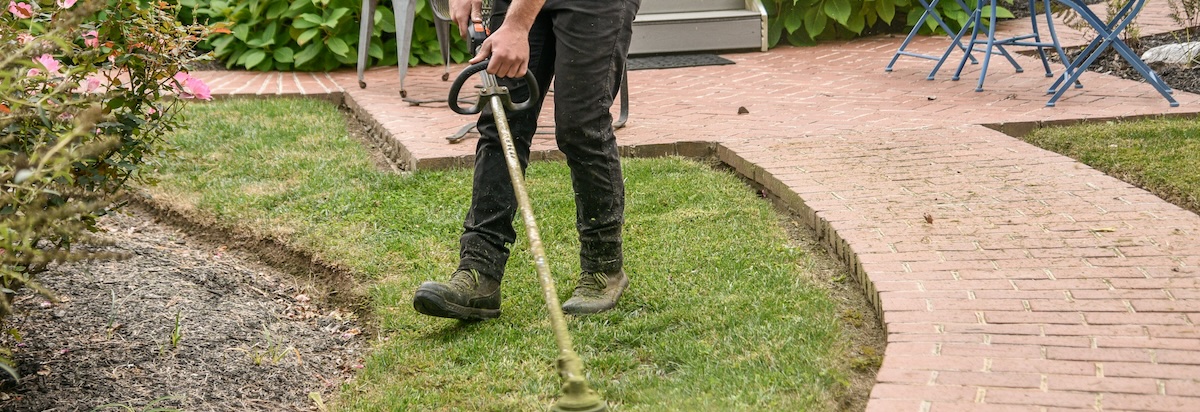
Check windows, doors and screens
Window and door screens are great for letting in a nice summer breeze, but they are also subject to wear and tear. Make sure your screens are free of rips to improve functionality and curb appeal for your rental. Repairing damaged screens will help keep your residents comfortable and keep the insects out.
Gaps or damage around doors and windows can create drafty, uncomfortable homes. Sealing these gaps will improve the energy efficiency of your home, keep residents happier, and maybe even reduce the wear on your cooling systems.
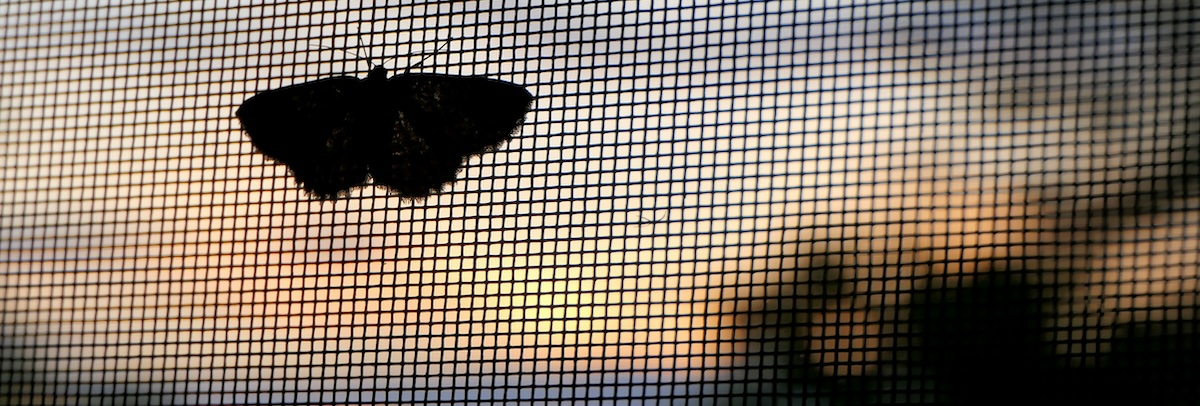
Manage or prevent mold buildup
Summer heat and humidity can bring an unwelcome addition to your rental home: mold. In states like Florida where summer is the wet season, mold growth can take off quickly. Florida has no specific laws around mold or removal in rental homes, however if the mold is creating a health, safety or building code violation then homeowners have a legal obligation to fix the situation.
Prevention is better than the cure, so now is a great time to remind your residents to keep the home well ventilated and use moisture absorbent products in dark areas that attract mold such as closets and laundry rooms.
In a state like California where summers are dry, it’s still a good idea to be vigilant after spring. California has strict landlord regulations around mold, including removal and disclosure of any mold in a rental home, so it’s best to get on top of any issues such as water leaks or ventilation before any damage occurs. Your residents will have to notify you in writing of any issues, but regular maintenance of the home is the best prevention.

Be on the lookout for leaks
Leaks are a major culprit of water damage, mold, and major repair bills. Check for leaks in hoses, under sinks, and around toilets, dishwashers, and washing machines. Fixing a simple leak is always preferable to dealing with a burst pipe or flood cleanup.
Related: What Landlords Should Know About Flood Damage (And How To Reduce Risk)
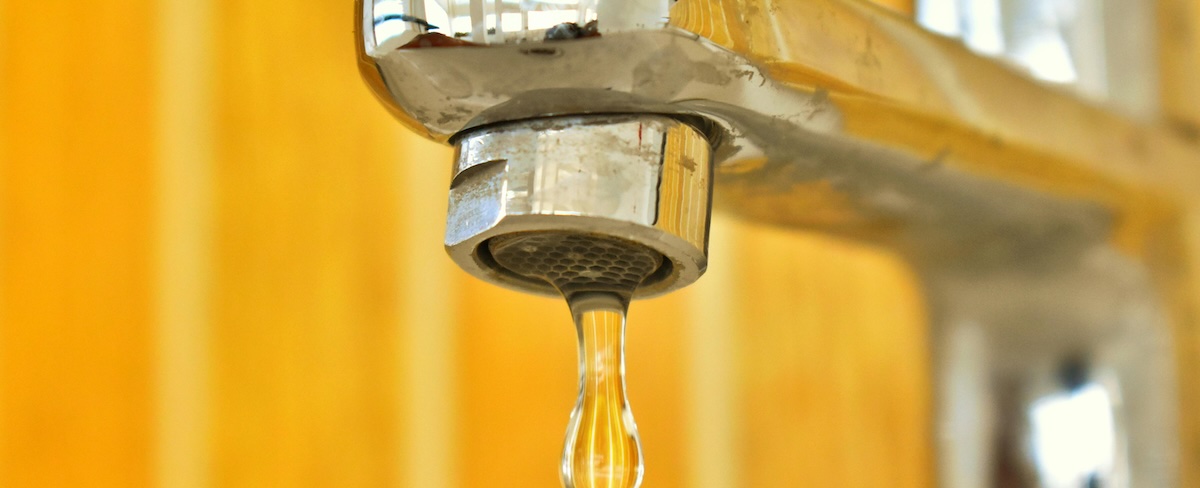
Create a fire safety plan
Wildfire season is on the way so if you haven’t already, now is a good time to create a safety plan for your rental home. At the very minimum, smoke and carbon monoxide detectors should be checked and up to code and any fire hazards such as dry leaves and overgrown grass should be removed.
For homes in areas that see the most wildfires (such as California, Texas, and North Carolina), have a fire extinguisher and evacuation plan in place for your residents. You should also choose an insurance policy that includes fire coverage.

Prepare for storms, hurricanes, and hazards
For rental homes in the South, summer can mean risk of severe storms, hurricanes, and tornadoes. If your rental home has hurricane shutters installed, be sure to check their condition and make sure any electrical systems are functioning or hand-cranks are moving easily. If you don’t have any installed, now would be a great time to consider them to protect windows from flying debris. They also offer great insulation and protection from burglaries for your residents.
You can check your address on FEMA’s Flood Map to find your flood zone category and risk of property damage during summer. If you are at risk, check your insurance coverage and look at the National Flood Insurance Program.
Related: The Annual Maintenance Checklist for Rental Homes in Florida
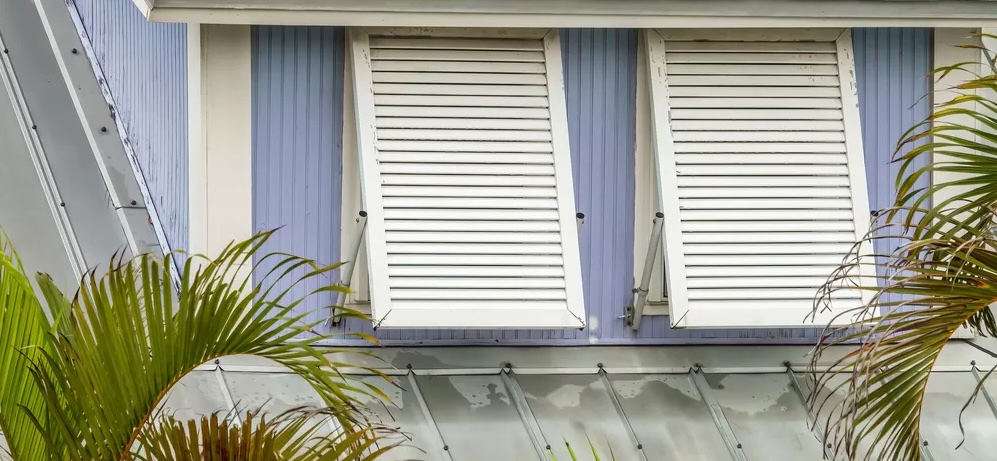
Inspect any chimneys
If your rental home has a chimney, summer is a great time to give it a check up. Chimneys are rarely associated with summer sunshine, but scheduling a check up while it’s not in use will pay off when the winter chill sets in later in the year. Chimneys remove dangerous gasses from the fireplace or furnace to keep the air breathable, so keeping them running is an important part of maintaining a healthy, hazard-free rental home.
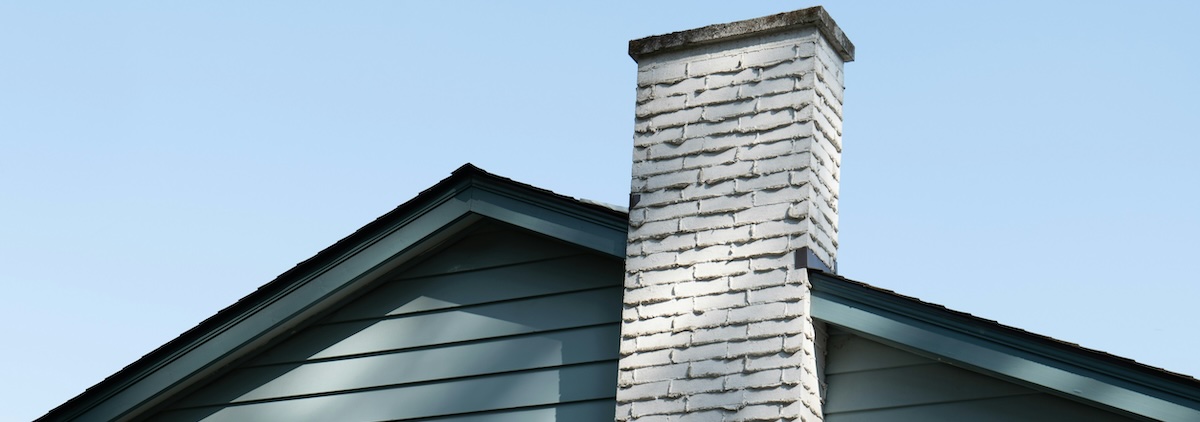
Belong makes maintenance worries a thing of the past
Belong is simplifying the rental experience across the US – including rental home maintenance. Belong's 24/7 customer support puts over 10,000 professional contractors at your fingertips, ready to help whenever you need them. And if you need regular services like pool upkeep, gutter cleaning or lawn maintenance, we can set up a subscription for these recurring services. You can even spread the payments over your lease, keeping you cashflow-positive.
It’s one of the many ways Belong is helping more people reach their financial goals through real estate. See why thousands of US homeowners are ditching outdated Property Management in San Francisco, San Diego, Seattle, Tampa, Charlotte, Jacksonville, Orlando and many more.
About The Author
Melanie Kershaw
Mel Kershaw is a Content Lead at Belong. With an extensive background working with technology companies including Eventbrite and Yelp, she’s always looking for ways to create educational and informative articles that simplifies tech and solves problems for her audience.

